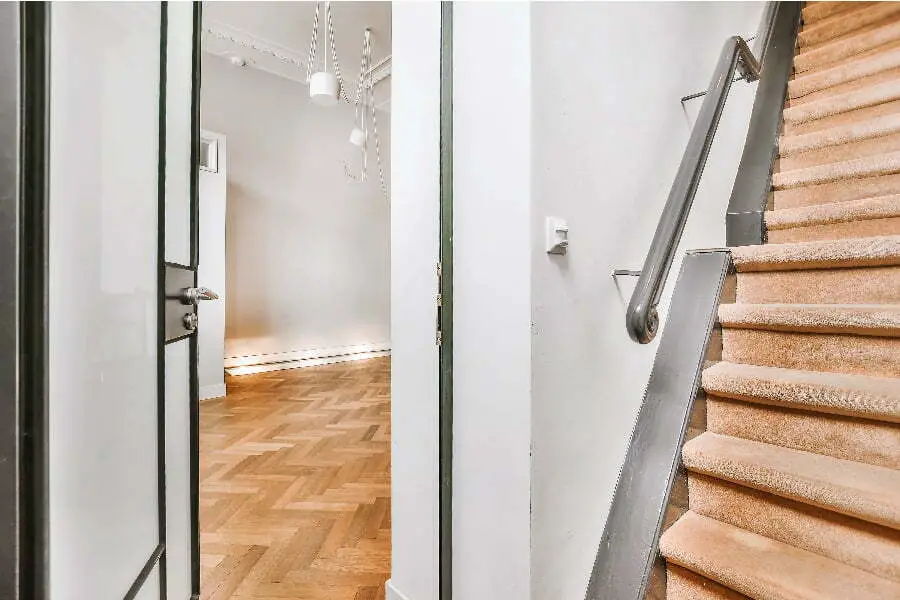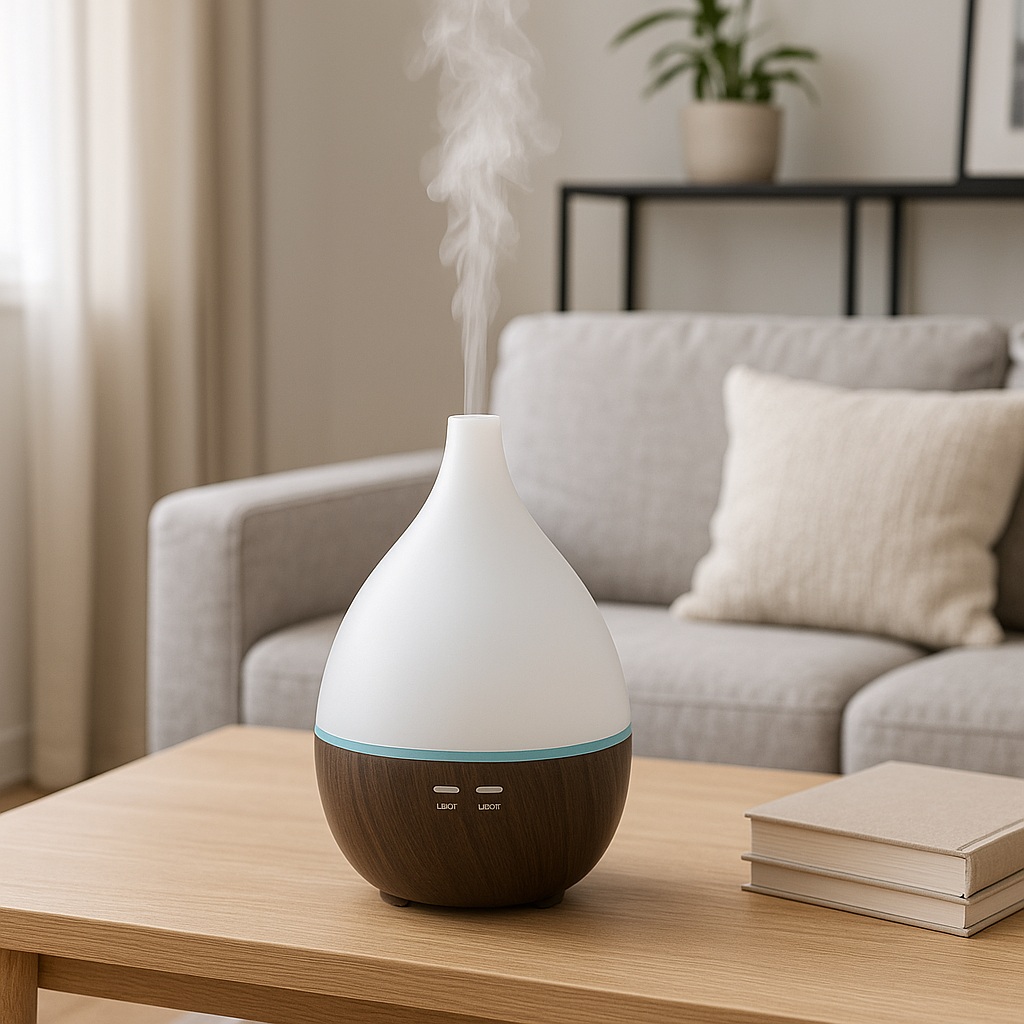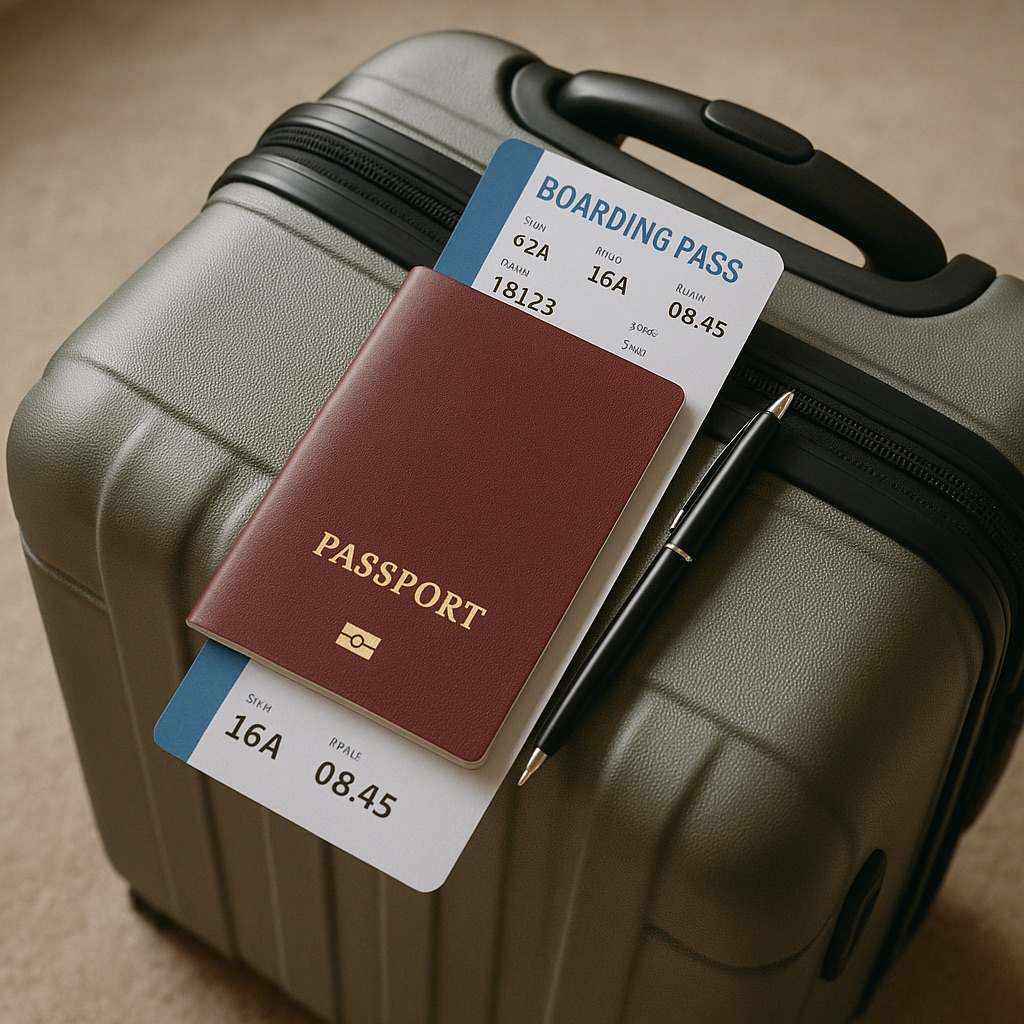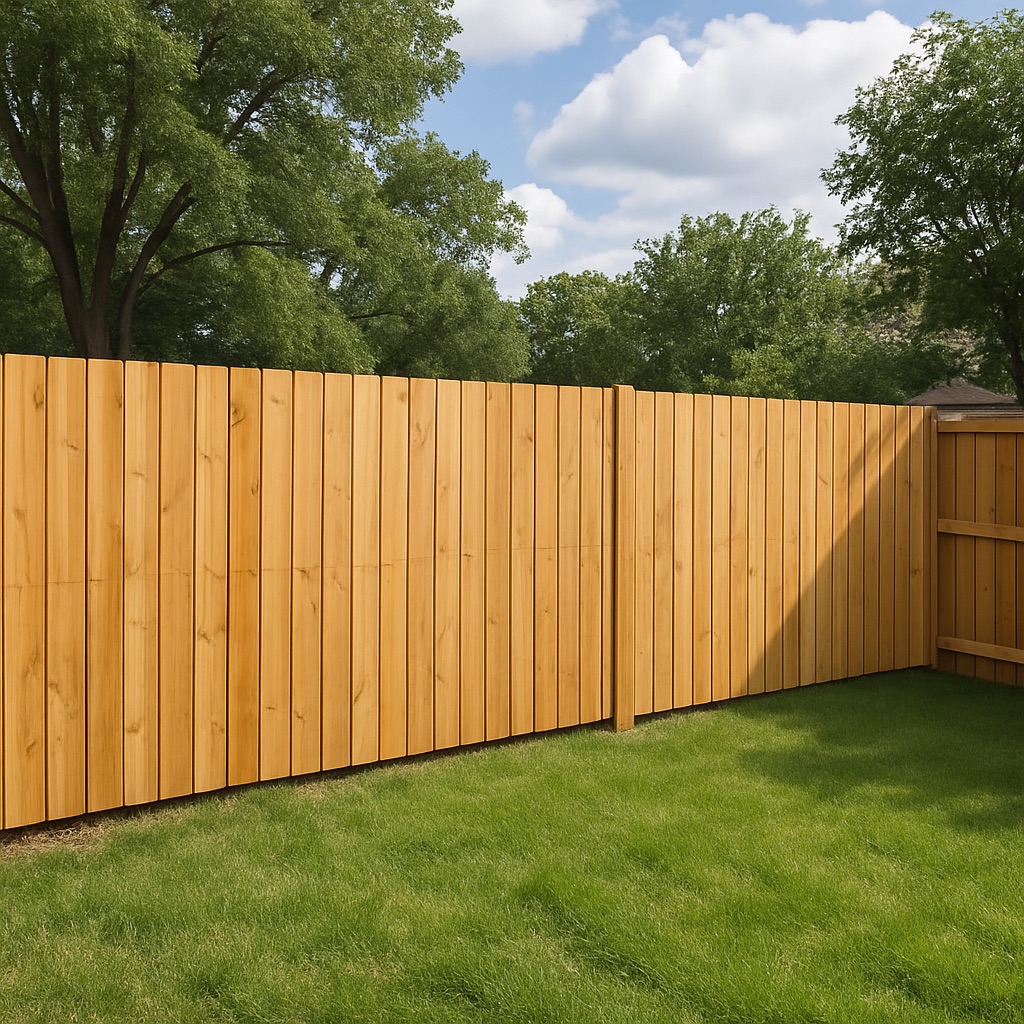Last updated on
These are the six most important aspects of designing a staircase for a home. Read on!
The staircase design is a critical part of any building or home. It can be the first thing that visitors notice, and it sets the tone for the entire space. As such, when designing a staircase, there are several key elements to consider.
From optimizing safety to creating an aesthetically pleasing look, understanding these six most important things to remember with staircase design will help ensure you get the best results from your project.
With careful planning and attention to detail, you can create a stunning feature in your home or commercial space that stands out for all the right reasons.
Table of Contents
Safety

Ensure that your staircase is designed to meet safety regulations and standards, with secure handrails and non-slip surfaces.
Now, safety can mean a lot of things to a lot of people. Depending on the intended use, you may want to include additional features such as stair treads and risers that are wide enough so that someone can easily traverse them while carrying something in their hands.
According to this website, depending on the parts that you buy, whether online or from a brick-and-mortar shop, you will want to ensure that the materials used are durable and can withstand wear and tear.
Staircase safety includes everything from the material’s sturdiness to the spacing between the railings, so be sure to check all of these factors before investing in a staircase design.
Aesthetics

Consider the visual appeal of your staircase design; ensure it suits the overall look and feel of the space, from materials used to style elements such as railings. A staircase should be a feature of the home, not an afterthought.
Pay attention to the materials and colors used in your design to ensure they create a cohesive look and feel with the existing décor. The staircase aesthetic is especially important in modern homes, where it can often be one of the first things visitors notice when they enter the room.
Size
Determine the size of your stairs based on how much space you have available for them in the building or home. Staircases should be proportionate to the size of their surroundings and fit in with the existing decor.
If possible, measure out the space before designing your staircase to ensure it fits within the allotted area. Consider the height of risers, as well as the widths of treads and any landings – these all need to meet certain standards for a safe, functional staircase. In some cases, you may need to adjust the design if the measurements don’t fit with the space you have.
Configuration
Choose a configuration such as straight, curved, or spiral depending on what will work best for your particular project needs. Straight stairs are the most common and typically easiest to install, but curved staircases can add a touch of grandeur that is difficult to achieve with straight designs.
Spiral staircases are best suited for small spaces, as they take up very little room while still making an impact. Furthermore, consider the number of steps and any landings you may need.
Durability
Select materials that are strong enough to withstand heavy foot traffic year after year without showing signs of wear and tear prematurely. A staircase is a long-term investment, so make sure you opt for materials that are built to last.
Commonly used materials include wood, metal, and concrete. Most of the time, metal and concrete stairs have a longer lifespan than wooden staircases. Wood is a great choice for a staircase when you are looking to achieve a certain look.
Structure Support
Make sure that structural support is provided when needed in order for stairs to remain sturdy over time. If a staircase is not properly supported, it can become weak and potentially lead to accidents.
In some cases, additional support may be needed beneath the steps to help ensure that they remain secure even in areas where there is significant foot traffic. The structure support should be inspected regularly to ensure that it is in good condition.
When designing stairs for any type of building, it is important to take into account all of these factors in order to ensure a safe, functional, yet aesthetically pleasing staircase.
Taking the time to consider all of these elements will help you create a product that stands out for all of the right reasons! By investing in quality materials and paying attention to detail, you can be sure that your staircase design will last for years to come.
With proper planning and research, you can create a staircase that both looks beautiful and is safe for all those who use it. The next time you have to design a staircase, remember these six important points, and you will be well on your way to creating something truly memorable!




